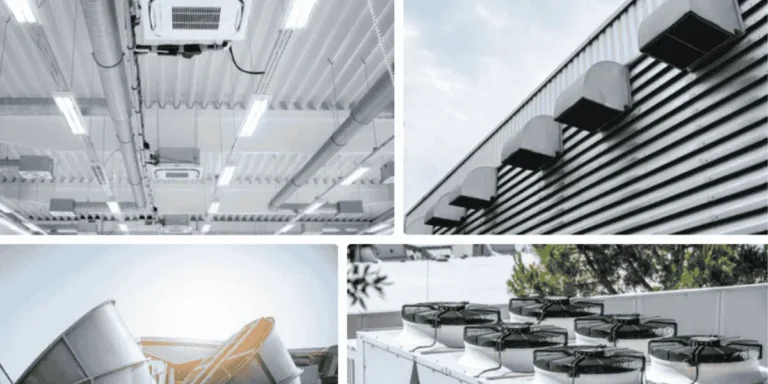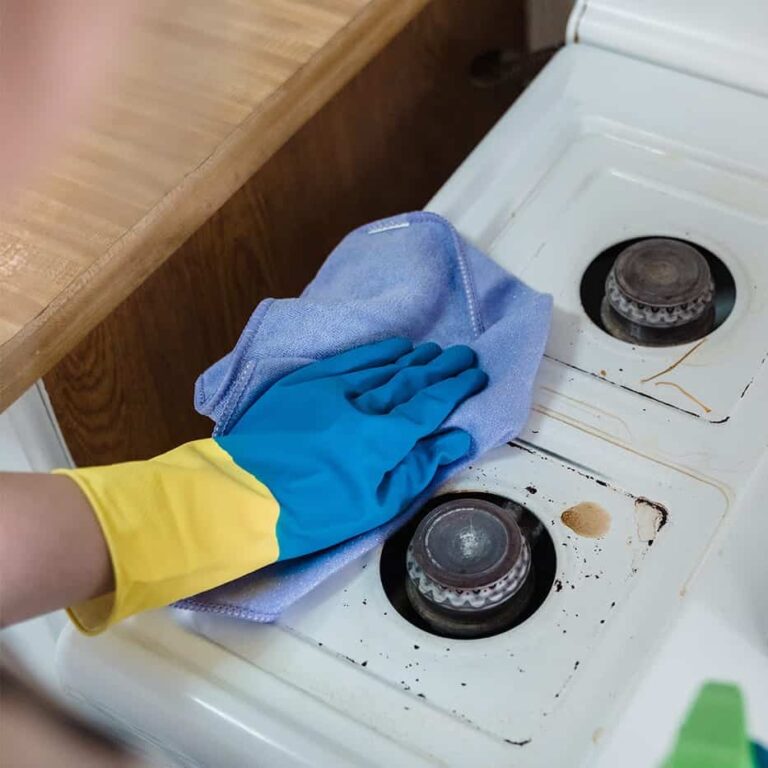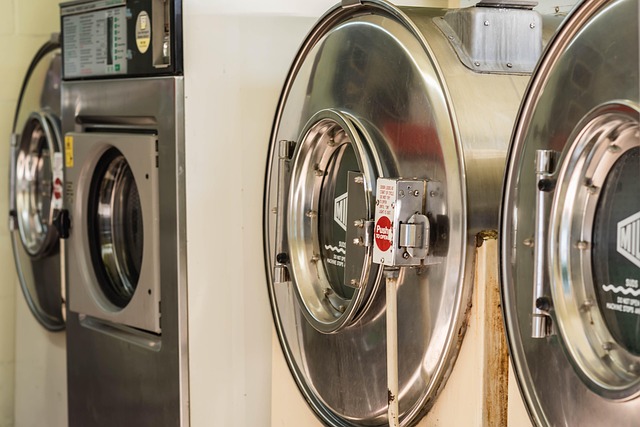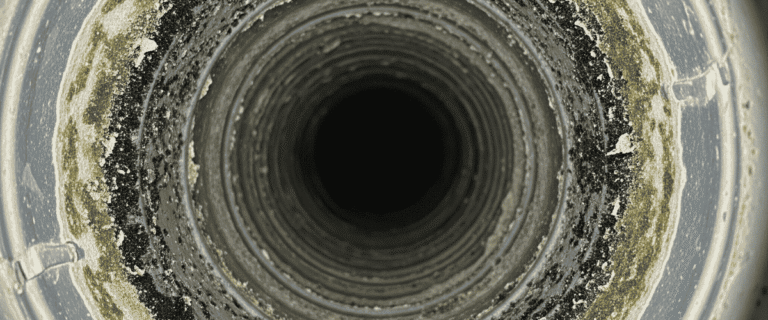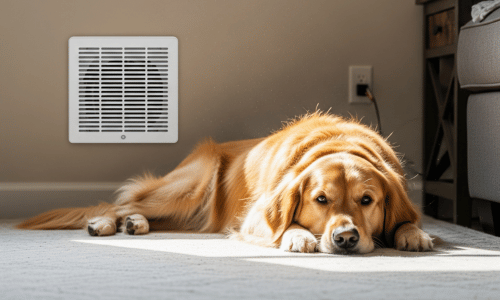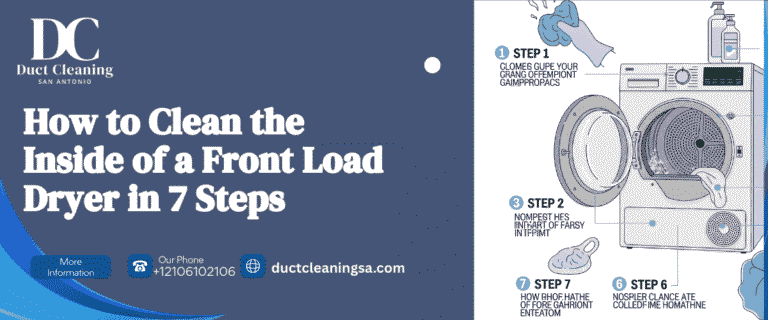Indoor air quality (IAQ) is a significant concern for many households, particularly in areas like San Antonio where high pollen counts, humidity, and allergens are common due to the region’s climate and vegetation. Professional air duct cleaning involves using specialized tools like HEPA vacuums, rotary brushes, and sometimes sanitizers to remove buildup from HVAC ductwork. While promotional materials often highlight its benefits for families and pet owners, the reality is more nuanced.
The U.S. Environmental Protection Agency (EPA) does not recommend routine duct cleaning for most homes, as there’s limited evidence that it broadly improves health or reduces pollutants. Instead, it’s advised only in specific situations, such as visible mold growth, vermin infestations, or substantial dust clogging the system. Below, I’ll go over the potential benefits, limitations, and considerations, drawing from reliable sources to provide a balanced and unbiased view, helping you make informed decisions about duct cleaning.
Common Contaminants in Air Ducts and Their Effects
Over time, HVAC ducts can accumulate:
- Dust, dirt, and pollen: These are prevalent in San Antonio due to cedar fever seasons and high allergen levels, potentially exacerbating allergies and asthma.
- Pet hair and dander: Tiny skin flakes from pets can embed in ducts and recirculate, triggering symptoms like sneezing, itchy eyes, or respiratory issues in sensitive individuals.
- Mold, bacteria, and pests: Humidity in Texas homes can promote mold spores or mildew, while insect debris or rodent droppings add to health risks.
These particles recirculate when the HVAC runs, potentially affecting IAQ. For families with children, seniors, or those with allergies/asthma, and pet owners, this can worsen symptoms—though routine home measures like changing air filters often mitigate much of the issue.
Potential Benefits of Professional Air Duct Cleaning
If ducts are genuinely contaminated, cleaning by a certified professional can offer targeted improvements. Here’s a summary of pros, based on industry and consumer reports:
| Benefit | Description | Who It May Help Most | Supporting Notes |
|---|---|---|---|
| Reduced Allergens | Removes accumulated dust, pollen, pet dander, and mold spores, potentially lowering airborne irritants. | Allergy/asthma sufferers, children, seniors, and pet owners in high-pollen areas like San Antonio. | Can help with pet dander buildup, but effects are temporary without ongoing maintenance. |
| Odor Elimination | Clears musty smells, pet odors, or chemical residues trapped in ducts. | Pet owners and households with lingering smells. | Effective for pet-related odors if combined with other cleaning. |
| Mold and Bacteria Control | Eliminates spores and microbes if present, reducing circulation. | Immunocompromised individuals or young children. | Only recommended if mold is confirmed; otherwise, unnecessary. |
| Improved HVAC Efficiency | Restores airflow by removing blockages, potentially lowering energy bills and extending system life. | All households, especially in dusty climates. | May save on utilities, but gains are modest unless ducts are severely clogged. |
| Overall IAQ Enhancement | Cleaner air circulation for peace of mind. | Families with pets or allergies. | Anecdotal improvements reported, but not universally proven. |
For pet owners specifically, cleaning can reduce dander redistribution, which is helpful in homes with multiple animals or allergy-prone family members. In San Antonio, where allergies from pollen and cedar are rampant, this might provide relief if other IAQ strategies (like HEPA filters) aren’t sufficient.
Limitations and Cons: Is It Always Worth It?
Not every home needs duct cleaning, and it can sometimes be overhyped or unnecessary:
- Lack of Proven Benefits: Studies haven’t conclusively shown that duct cleaning prevents health issues or significantly reduces dust in homes. The EPA notes that air filters and regular HVAC maintenance often suffice.
- Potential Risks: Improper cleaning can damage ducts, release more particles, or spread contaminants. If ducts have fiberglass insulation that’s moldy, they may need replacement instead.
- Cost and Frequency: Services can cost $300–$1,000, and aren’t needed routinely. The National Air Duct Cleaners Association (NADCA) suggests every 3–5 years, but only if inspections show buildup. For pet owners or allergy households, 2–3 years might be considered, but evidence is anecdotal.
- Scams Are Common: The industry is unregulated in many states, leading to “bait-and-switch” tactics where low prices ($99 specials) lead to upsells for “extras.” Scammers often advertise on social media like Facebook, using generic names and quick, ineffective jobs. In San Antonio, verify companies through NADCA certification or local reviews to avoid this.
DIY efforts, like vacuuming vents, are insufficient for deep cleaning and can worsen problems.
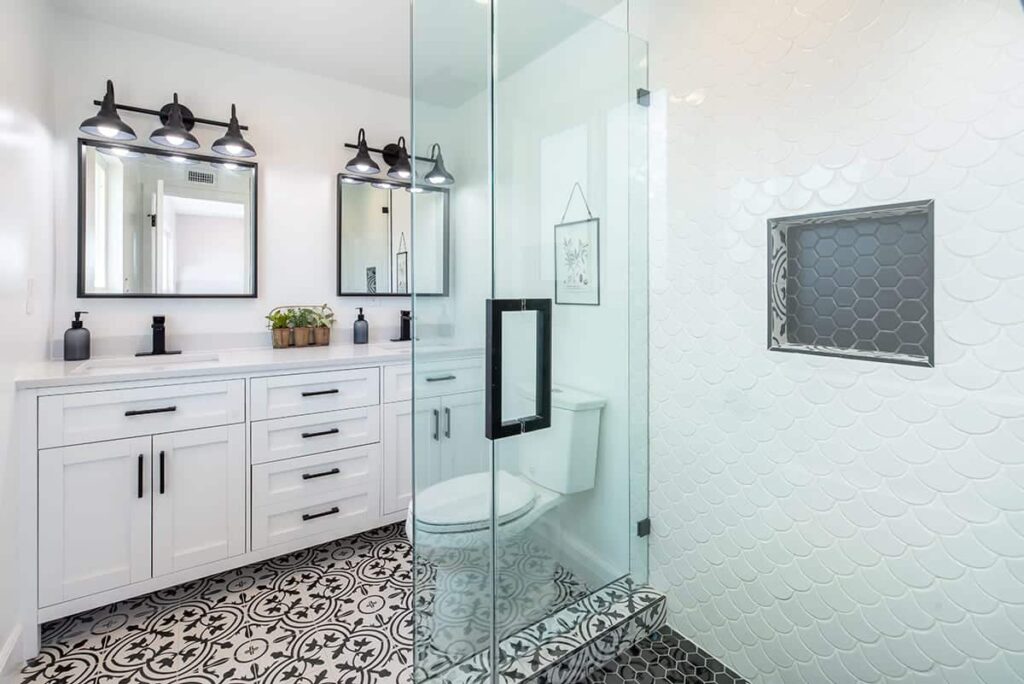
When to Consider It in San Antonio
Schedule a professional inspection (often free from reputable firms) if:
- You notice excessive dust from vents, musty odors, or reduced airflow.
- There’s recent home renovation, pest issues, or confirmed mold.
- Family members or pets have unexplained allergy flare-ups despite clean filters and vacuuming.
- Your home has high pet dander or you’re in a pollen-heavy area like San Antonio’s suburbs.
Alternatives for better IAQ include using high-MERV filters, air purifiers, regular vacuuming with HEPA tools, and humidity control—often more cost-effective than duct cleaning. If proceeding, choose NADCA-certified providers who follow standards and provide before/after photos.
In summary, while professional duct cleaning can improve IAQ in contaminated systems—potentially benefiting San Antonio families and pets with allergies—it’s not a universal fix and may not be worth it without clear issues. Prioritize evidence-based steps and consult pros for personalized advice.
FAQs
Q1. How do I know if my air ducts need cleaning?
If you notice dust around vents, musty odors, increased allergies, or reduced airflow, it may be time to schedule a professional duct cleaning.
Q2. Is duct cleaning safe for pets?
Yes. Professional duct cleaning improves indoor air quality for pets by reducing dander, odors, and bacteria without using harmful chemicals.
Q3. How long does professional duct cleaning take?
Most homes in San Antonio can be cleaned within 2–4 hours, depending on the size of the house and level of contamination.
Q4. Can duct cleaning reduce energy bills?
Yes. Cleaner ducts improve airflow, making your HVAC system run more efficiently, which can lower monthly energy costs.
Q5. How often should San Antonio homeowners clean their air ducts?
Every 3–5 years is recommended. Homes with pets, allergies, or recent renovations should schedule cleaning every 2–3 years.
Q6. Does duct cleaning remove mold completely?
Professional cleaning removes visible mold and spores, but if moisture issues persist, sealing leaks and improving ventilation may be necessary to prevent regrowth.
Q7. What’s included in professional duct cleaning?
Services typically include cleaning supply and return ducts, registers, grills, coils, and applying sanitizers if needed.

